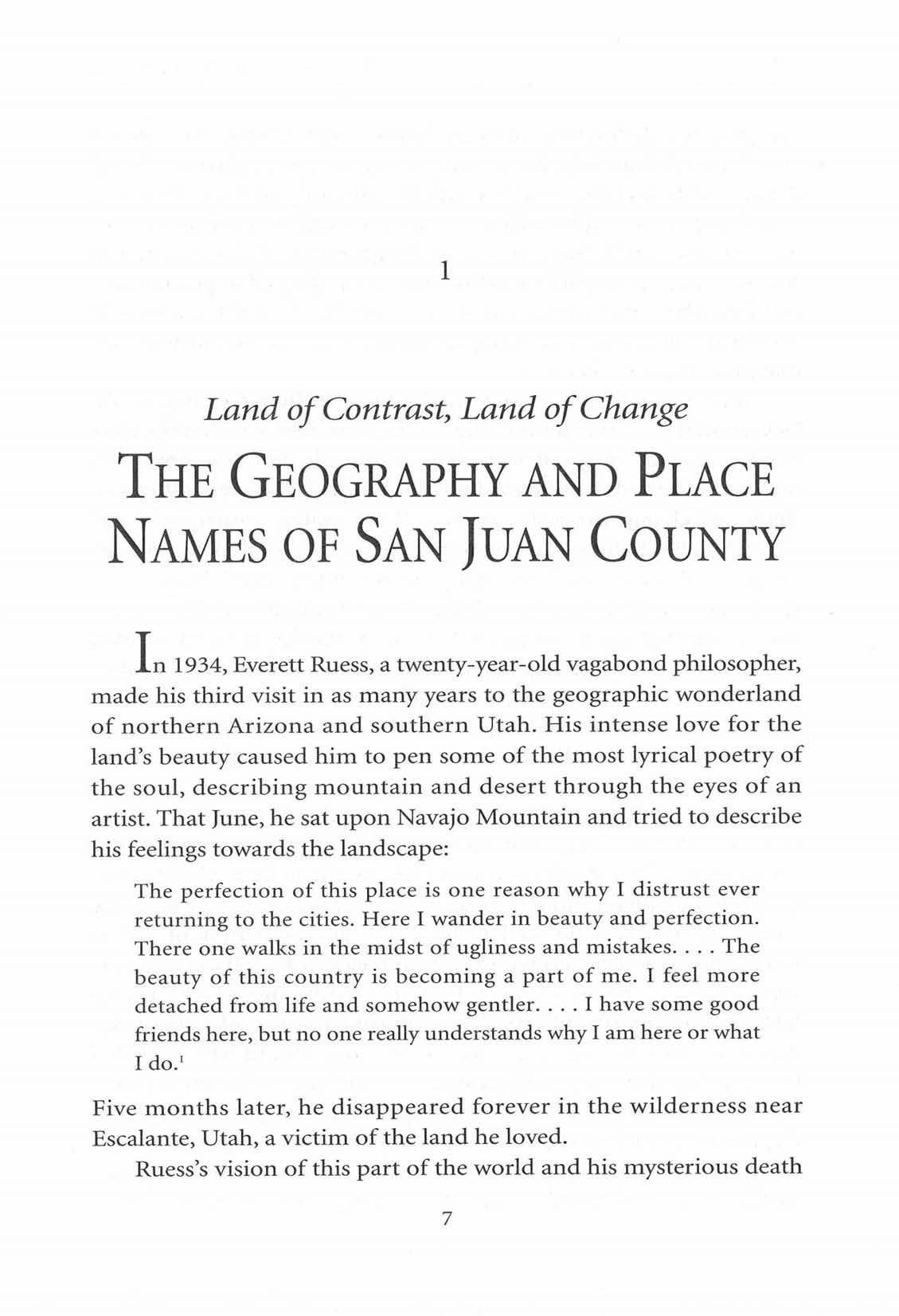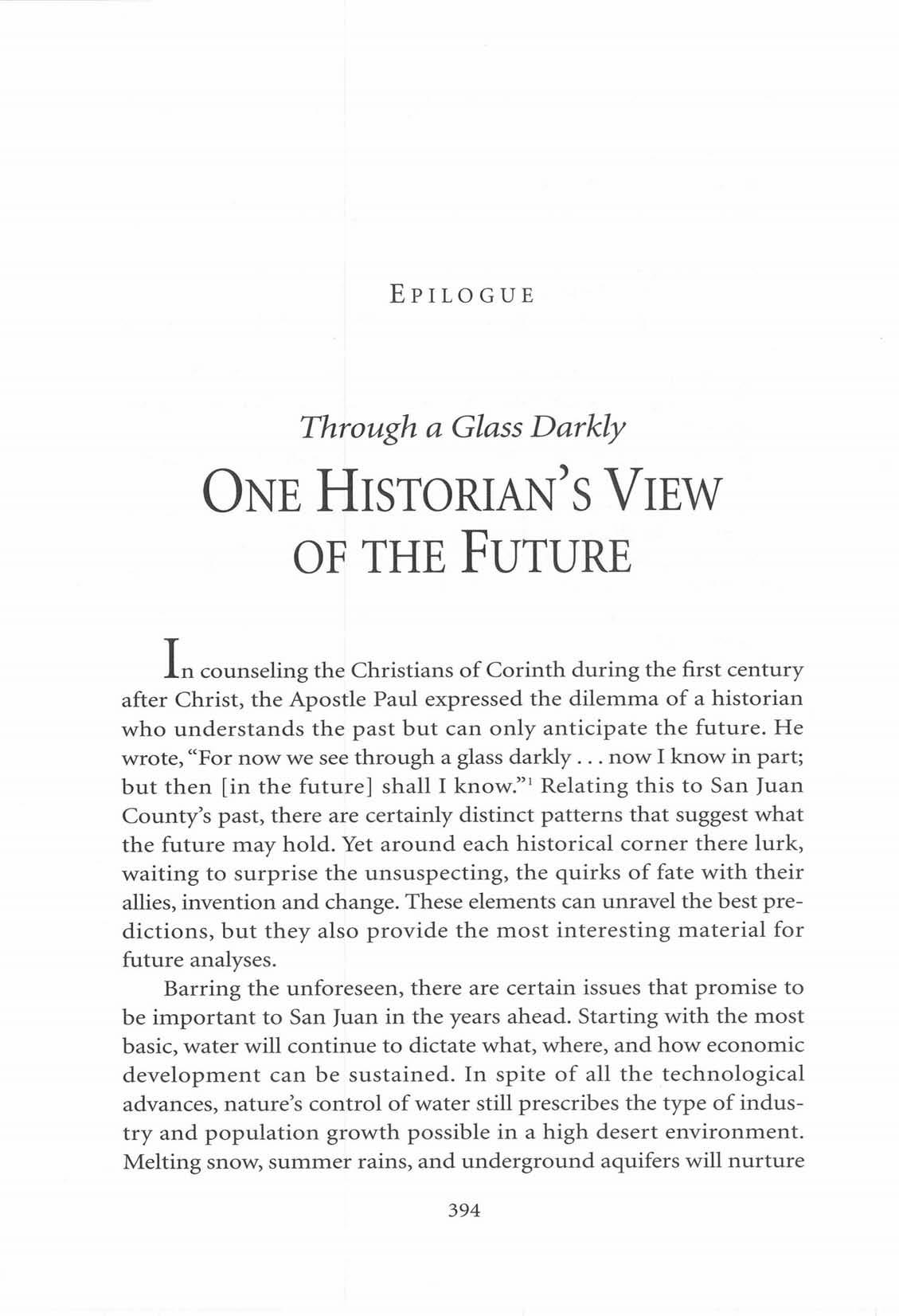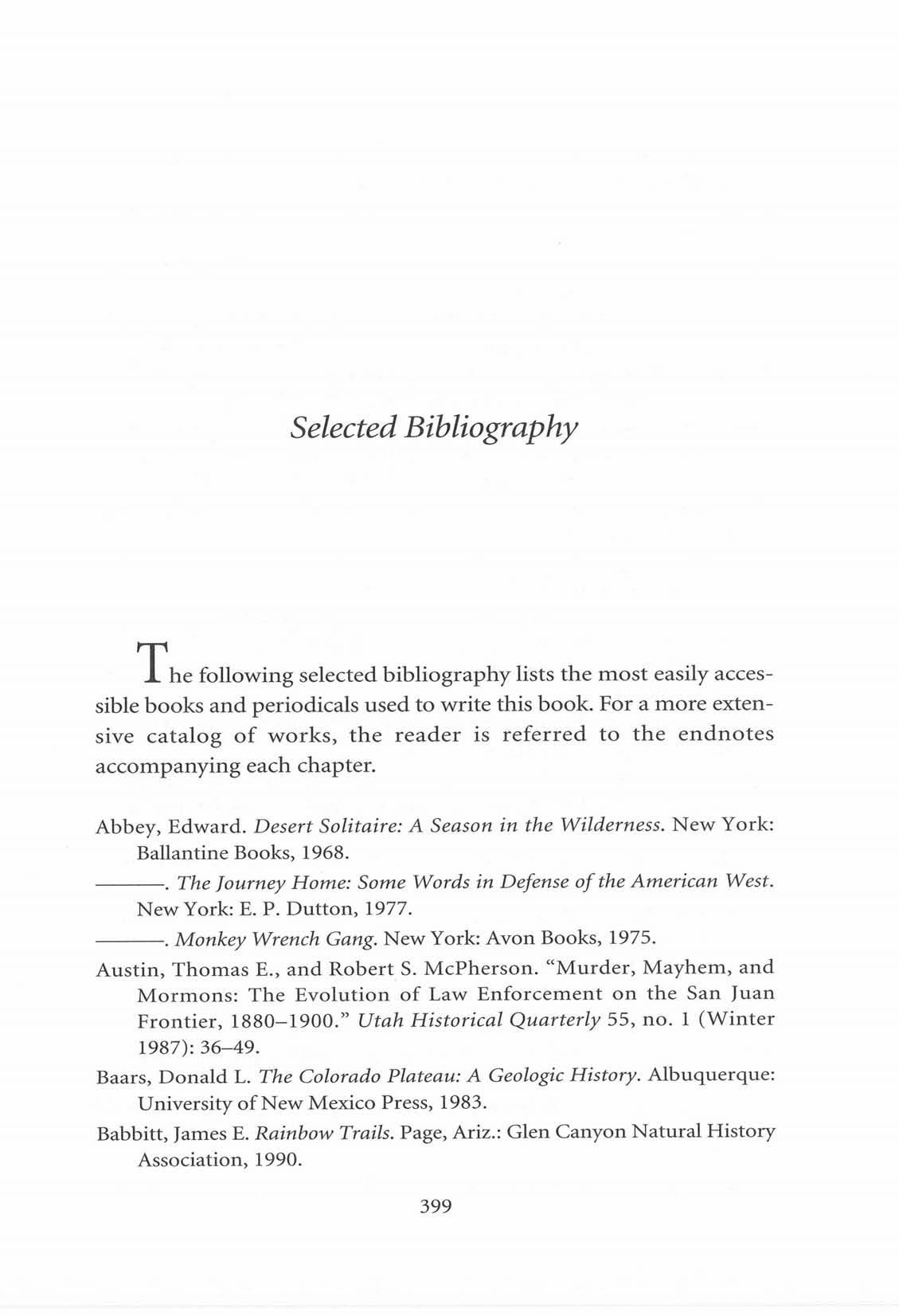From Beads and Blankets to Dollars
Progress, defined in the dictionary as "movement toward a goal" or "steady improvement," is a word laden with cultural assumptions. To an outsider, what has occurred economically to the Navajos and Utes of San Juan County over the past century appears to fit well within this definition. However, many tribal elders who have lived through this era cling to a desire to return to a simpler life, when they had far greater control of how they lived and what they did. Thus economic progress, one of the most important concepts fostered in Anglo society, was actually a two-edged sword for Native American communities as it sundered centuries-old traditions while enticing individuals and groups to acquire new products and a different lifestyle. The uncharted course these changes took often created more problems than it solved. By the turn of the century, the Navajos had survived the drought of the 1890s, the subsequent closing of many off-reservation posts, and the unsettling stream of miners in quest of precious metals in the Four Corners region. The 1900s offered a new hope physically tied to the core of life-water, sheep, and corn. All else was peripheral.





















